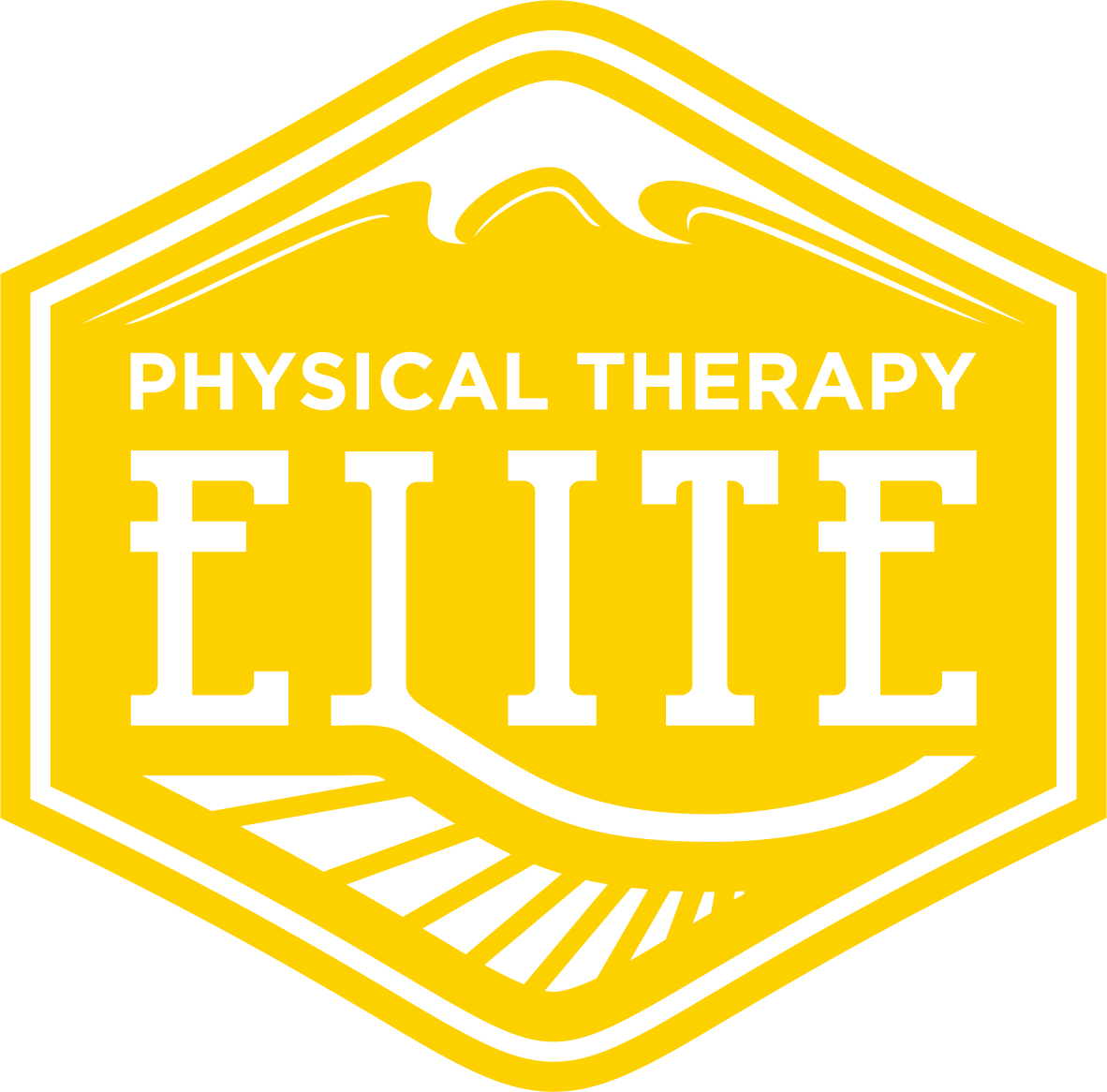Whoa...needles?
That seems scary and invasive!
This is a common response when people are first introduced to dry needling as a treatment option.
First, it is important to understand what dry needling is and what a treatment session looks like.
•Dry needling is the use of monofilament needles, similar to acupuncture needles, to decrease muscle tightness, normalize pH levels in the muscles, activate the nervous system, decrease pain, and improve activation of “lazy” muscles.
•The small needle is put into a tight spot in a muscle and moved around, also known as pistoning, to release the tight spot.
•These tight spots in the muscles are called trigger points which are not normal. Releasing these trigger points often causes a twitch response, which feels like the muscle is flexing on its own. This twitch response can feel like a very deep ache in the muscle, similar to a toothache.
After a needling session, people usually report that they are muscle sore. This is because the release of the trigger point releases lactic acid into the muscle belly, which will cause the muscle to feel sore.
It is normal to feel discomfort or soreness the day of and a few days after a needling session.
It is important to drink plenty of water, move, and continue regular exercise after a needling session to help flush out toxins that were released into the muscles.
Needling can be a great tool for patients who are not responding well to traditional hands on treatment.

